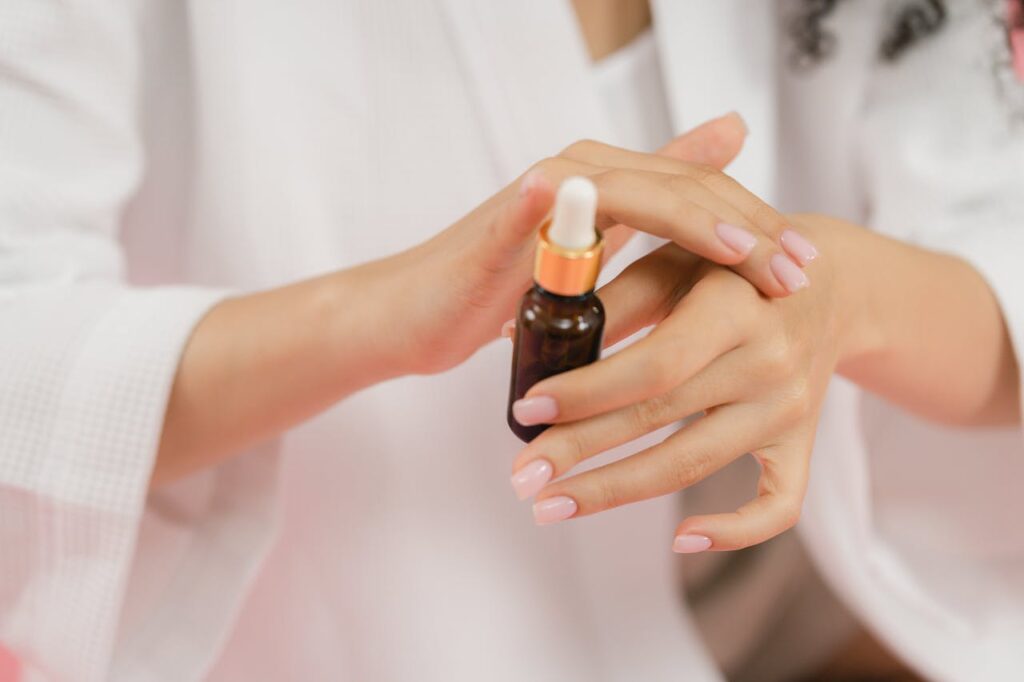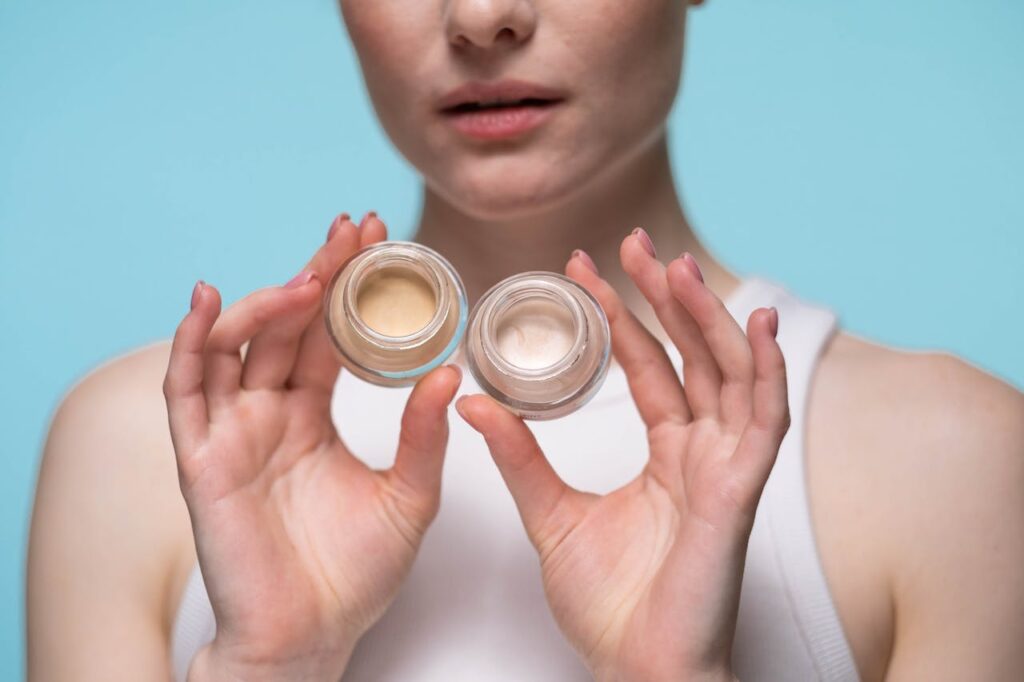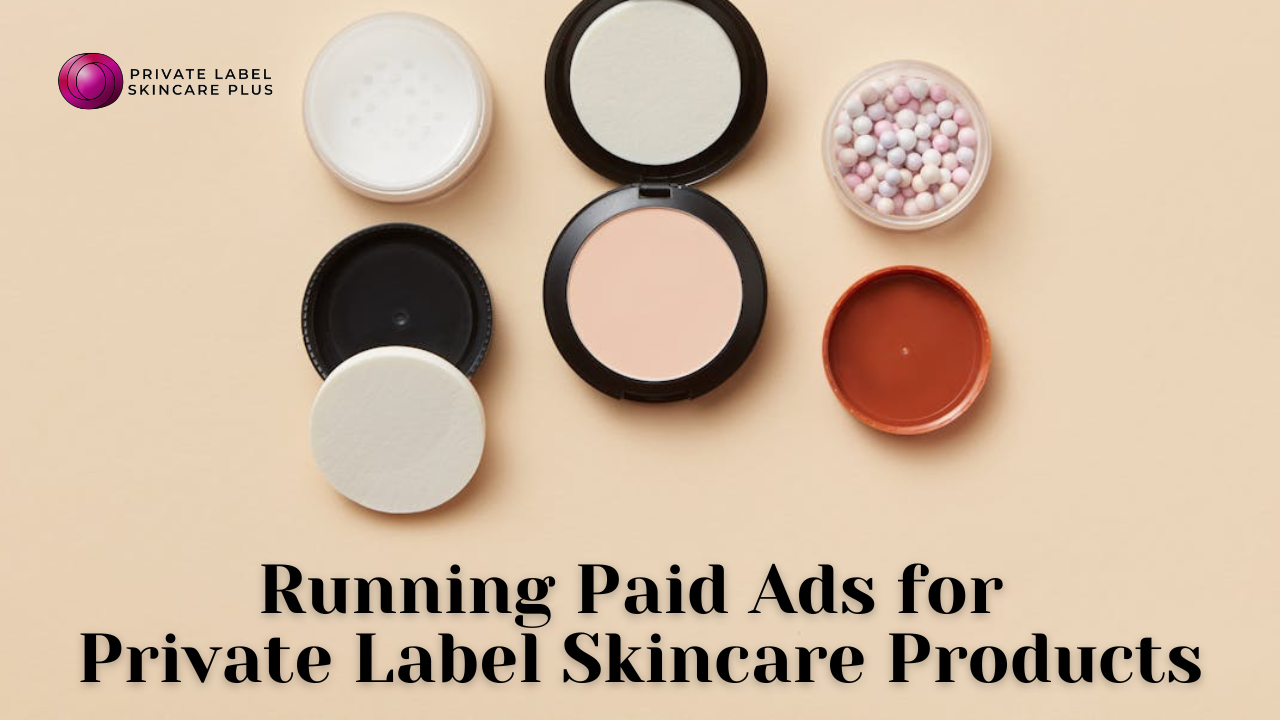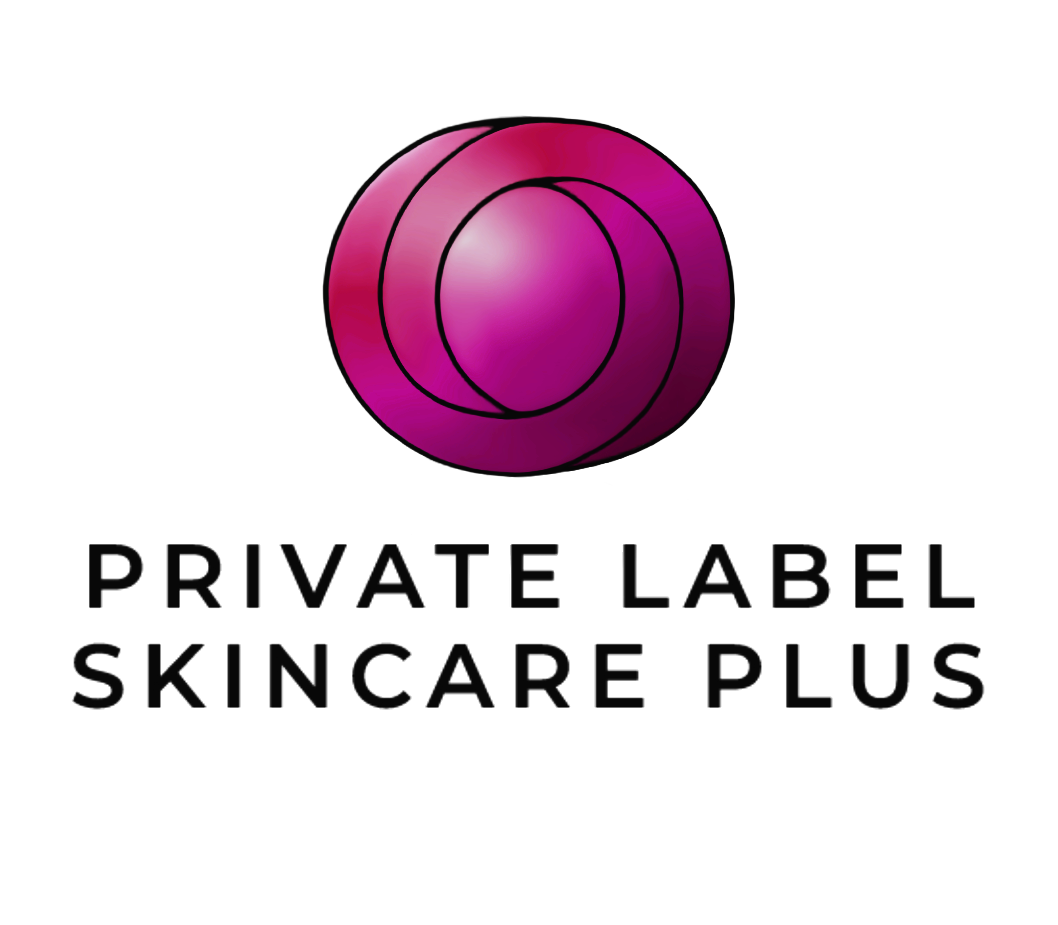Running paid advertising campaigns for your private label skincare products can significantly enhance your brand visibility, drive traffic, and increase sales. However, it requires a strategic approach to ensure a good return on investment (ROI). This guide will walk you through the steps to effectively run paid advertising campaigns, from planning and setting up to monitoring and optimizing your ads.
1. Know Your Target Audience
Before you start running paid ads, you need to know your target audience. Private label skincare products appeal to specific demographics based on age, gender, skin type and concerns. Here’s how to define your target audience:
- Demographics: Age range, gender, income level, education level of your potential customers.
- Psychographics: Interests, lifestyles, values, attitudes.
- Behavioral Data: Purchase behavior, brand loyalty, usage patterns.
By creating buyer personas you can tailor your ads to your audience’s needs and wants.
2. Define Your Campaign Goals
Clear, measurable goals are crucial for any paid ad campaign. Your goals should align with your overall business objectives and can be:
- Brand Awareness: Increase visibility and recognition of your private label skincare brand.
- Lead Generation: Collect contact info from potential customers for future marketing.
- Sales: Drive direct sales through your online store or other sales channels.
- Customer Retention: Encourage repeat purchases and customer loyalty.
3. Choose Your Advertising Platforms
Choosing the right platforms is key to reaching your target audience. Here are the popular platforms for skincare product ads:
a. Google Ads
Google Ads allows you to target users searching for specific keywords related to skincare. You can create text ads, display ads and shopping ads to reach potential customers. Google Ads also has retargeting options to re-engage visitors who have previously visited your website.
b. Facebook and Instagram Ads
Facebook and Instagram are great for visual storytelling. With advanced targeting options you can target users based on demographics, interests and behaviors. Use eye catching images and videos to showcase your skincare products and run carousel ads to show multiple products in one ad.
c. YouTube Ads
YouTube ads are perfect for showing the benefits and usage of your skincare products through video content. You can target users based on their viewing history, interests and demographics.
d. Pinterest Ads
Pinterest is a visual discovery platform where users are looking for skincare routines and products. Promoted Pins can get your products in front of users searching for related terms and categories and drive traffic to your website.
e. Influencer Marketing
Partnering with influencers in the beauty and skincare space can expand your brand reach and credibility. Influencers can create sponsored content, product reviews and tutorials showcasing your products to their followers.

4. Ad Creative
- High Res Images: Use professional images and videos to show texture, packaging and application of your skincare products.
- Clear Messaging: Highlight the key benefits and USPs of your products. Use short and persuasive copy.
- Call-to-Action (CTA): Include a strong CTA to tell users what to do, e.g. “Shop Now”, “Learn More” or “Sign Up”.
- Consistency: Make sure your ad creative matches your brand’s overall look and feel.
5. Setup and Management
a. Keyword Research (for Google Ads)
Do keyword research to find the terms your potential customers are searching for. Use Google Keyword Planner to find keywords with high search volume and low competition. Group similar keywords into ad groups for more targeted ads.
b. Audience Targeting
Use the targeting options on each platform to reach your target audience. Demographics, interests, behaviors and lookalike audiences.
c. Budget
Set your budget based on your campaign goals and the CPC or CPM for the platform you’re using. Allocate your budget across different campaigns and ad sets to test and optimise.
d. Ad Placement
Choose where you want to show your ads. For example Facebook has placements in the news feed, stories and the right column, Google Ads can show on search results, display networks and YouTube.
6. Monitoring and Optimisation
Continuous monitoring and optimisation is key to getting the most out of your paid ads. Here’s how to stay on top of your campaigns:
a. Performance Metrics
Track key performance metrics such as click-through rate (CTR), conversion rate, cost-per-click (CPC), cost-per-acquisition (CPA) and return on ad spend (ROAS). These will help you measure the success of your campaigns and identify areas to improve.
b. A/B Testing
Do A/B testing to compare different versions of your ads and landing pages. Test different headlines, images, CTAs and ad formats to see what works best with your audience.
c. Audience Insights
Use audience insights to see which segments are performing well and which need to be adjusted. Refine your targeting based on these insights to increase ad relevance and engagement.
d. Ad Scheduling
Optimise your ad scheduling to run your ads when your target audience is most active. Adjust bids and budgets based on performance throughout the day and week.
e. Landing Page Optimisation
Make sure your landing pages are seamless and conversion optimised. This means fast loading times, mobile friendly, clear messaging and easy navigation.
7. Retargeting and Remarketing
Retargeting and remarketing are great ways to re-engage users who have shown interest in your products but haven’t converted. Here’s how to do it:
a. Retargeting Ads
Set up retargeting ads on Google Ads and Facebook to show ads to users who have visited your website. Tailor your ad copy to remind them of the products they viewed and offer them discounts or free shipping.
b. Email
Capture email addresses through lead gen campaigns and use email marketing to nurture your prospects. Send personalised emails with product recommendations, exclusive offers and skincare tips to keep your brand front of mind.

8. Analyze and Report
Analyse your campaign data regularly to get insights and make data driven decisions. Create detailed reports that show key metrics, campaign successes and areas to improve. Use these insights to refine your ads and get better results over time.
9. Stay Compliant
Make sure your ads comply with each platform’s policies and guidelines. This means following ad content guidelines, influencer marketing disclosure requirements and data privacy regulations.
Conclusion
Running paid ads for your private label skincare products requires planning, execution and optimisation. By knowing your audience, setting clear goals, choosing the right platforms, creating great ad creative and continuously monitoring and optimising your campaigns you can grow your skincare brand. Be flexible and keep testing new things to stay ahead in the skincare game.
By following these guidelines, you can effectively leverage paid advertising to build brand awareness, drive traffic, and increase sales for your private label skincare products.


